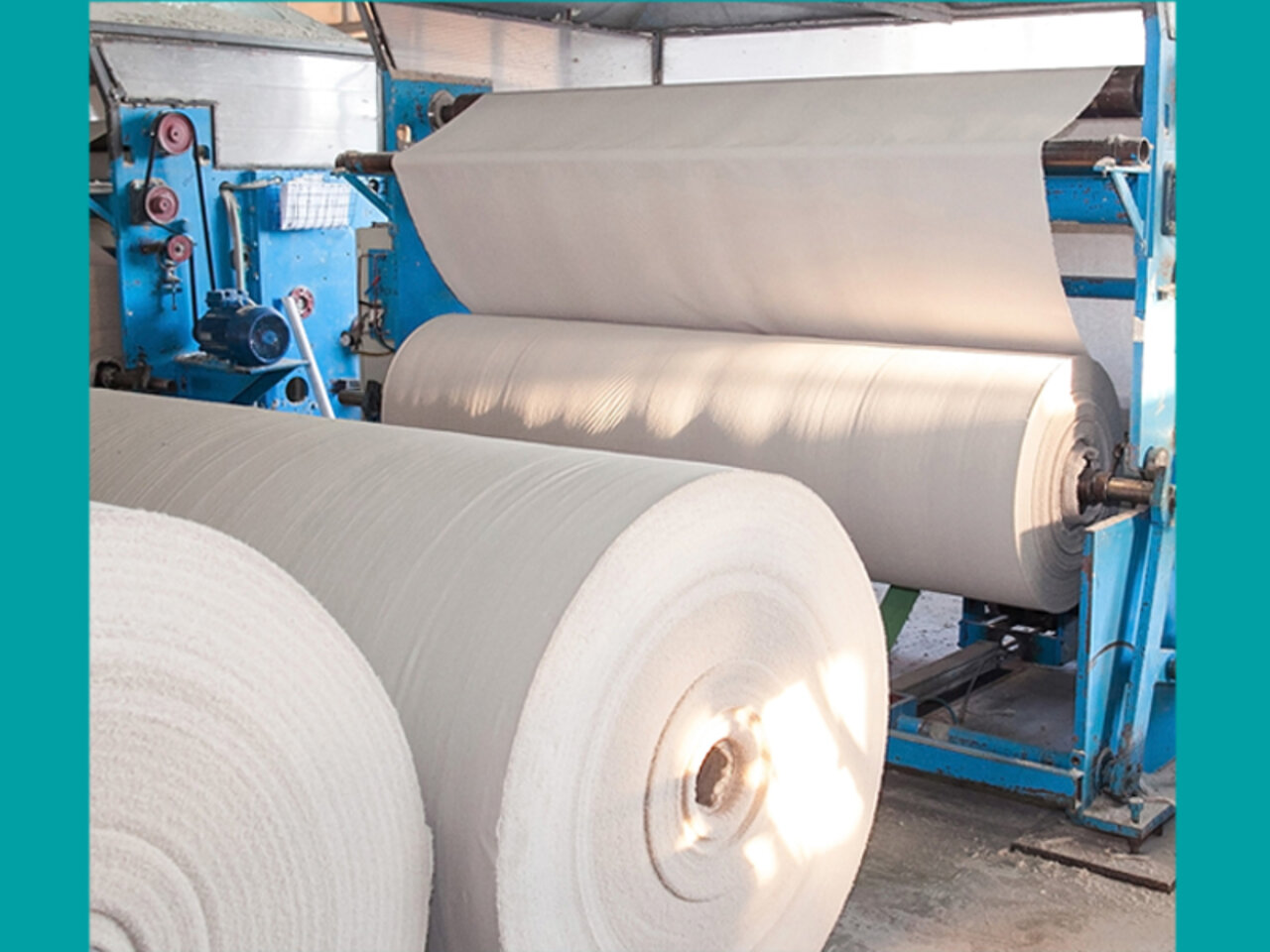Project
Pulp and paper balances

Preparation of pulp and paper balances to supplement international statistics
The international statistics on recovered pulp production are in need of optimization. We are working on a method to supplement them.
Background and Objective
Thera are several indications for data gaps and errors in the forestry production and trade section of the FAOSTAT database. We are investigating for inconsistencies in data on recovered pulp production.
Approach
We are developing national wood fiber balances for the pulp and paper sector for major producers and consumers of pulp and paper. Our balances compare the wood fiber input (i.e. virgin and recovered pulp) in the paper and paperboard sector with the output (i.e. paper products) of this sector. By doing so, it is possible to identify data gaps and errors and to determine the recovered pulp production as a residual volume in each country. Moreover, we calculate ratios between virgin and recycled fibers in the paper production of the investigated countries.
Our Research Questions
Research questions:
a) How many countries are actually affected by data gaps and errors in FAOSTAT’s recovered pulp production data?
b) Can we estimate the actual recovered pulp production for countries affected by these data gaps and errors?
c) What is the actual ratio between virgin and recycled fibers in the paper production of these countries?
Results
Our analyses show that only 7.6% of all countries in FAOSTAT have plausible data on recovered pulp production. For example, recovered pulp production in Brazil, which is 0 tons in 2018 according to the FAOSTAT database, is over 3 million tons according to our calculations. Furthermore, we now know that, for example, 67.8% of Brazil's production is based on virgin pulp. The reported recovered pulp production of Germany was plausible in 2018. The mean reported recovered pulp production of the countries investigated is 0.8 million. The mean calculated recovered pulp production of the countries investigated is 2.5 million tons. The share of recovered fiber in the paper production of the countries investigated varies between 4.1% and 84.4% and is 44.4% on average.
- Project brief 2021/23a (EN) Dominik Jochem
DOI:10.3220/PB1628156973000
Thünen-Contact

Involved Thünen-Partners
Duration
1.2018 - 8.2021
More Information
Project status:
finished
List of Publications
- 0
Jochem D, Bösch M, Weimar H, Dieter M (2021) National wood fiber balances for the pulp and paper sector: An approach to supplement international forest products statistics. Forest Pol Econ 131:102540, DOI:10.1016/j.forpol.2021.102540
- 1
Jochem D, Bösch M, Weimar H, Dieter M (2021) Pulp and paper balances to supplement international statistics. Hamburg: Thünen Institute of International Forestry and Forest Economics, 1 p, Project Brief Thünen Inst 2021/23a, DOI:10.3220/PB1628156973000
- 2
Jochem D, Bösch M, Weimar H, Dieter M (2021) Zellstoff- und Papierbilanzen zur Ergänzung internationaler Statistiken. Hamburg: Thünen-Institut für Internationale Waldwirtschaft und Forstökonomie, 1 p, Project Brief Thünen Inst 2021/23, DOI:10.3220/PB1628154971000








